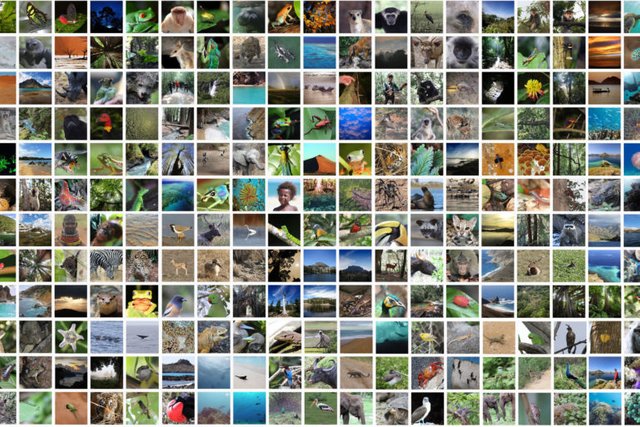Museum of Extinct Species - - - INTRODUCTION

In the last 60 years, man has exerted more influence on the environment than ever before in human history. One consequence is a massive extinction of species, especially due to shrinking habitats. Of the five to 15 million species worldwide, only 1.74 million could be scientifically recorded and described by 2016. Of these, only 85,600 were evaluated as to whether they were threatened or not. In the case of the species evaluated, the extent of the threat is very high: in 2016, almost one fifth of all evaluated vertebrates, around one quarter of all evaluated non-vertebrates and a good half of all evaluated plants were threatened or endangered with extinction.
For a long time, estimates of the number of animal and plant species in the world varied widely, ranging from five to 100 million. Although there is broad agreement that the number of species is very difficult to quantify, many scientists currently consider a number of five to 15 million different species to be the most likely. By 2016, only 1.74 million species could be scientifically recorded and described. Only 85,600 of these described species were assessed as threatened or unthreatened.
In the last 60 years, humans have exerted more influence on the environment than ever before in human history - with enormous consequences for species diversity: The global environmental organisation IUCN estimates that up to a thousand times more species die each year than would have been the case without human influence. The main causes of species extinction are shrinking habitats, in particular due to agriculture and forestry, the displacement of native flora and fauna through the introduction of foreign plants and animals, environmental pollution and pollution, and climate change.
For both vertebrates and non-vertebrates, as well as plants, the "Red List" published by the IUCN shows that the extent of the threat to the species is very high. In 2016, for example, 1,194 mammals were endangered - 21.4 percent of all mammals assessed for their vulnerability. In the case of amphibians, where 86.3 percent of the species described were also assessed, almost one in three of the species assessed were threatened (31.6 percent). This was followed by reptiles, 20.2 percent of which were threatened, and fish (14.6 percent). In the case of bird species, where - as in the case of mammals - all the species described were evaluated, every eighth species was endangered or threatened with extinction (13.1 percent).
In the assessment of non-vertebrates and plants, the problem is that the number of species described and the number of species evaluated are very far apart. While the proportion of threatened species among the evaluated species can quickly turn out to be high, the proportion of threatened species among the described species can tempt to underestimate the threat.
For example, only 6,587 of the insects that make up the largest proportion of non-vertebrates, with 1,000,000 species described, were evaluated. With 1,268 endangered insect species in 2016, 19.3 percent of the evaluated insect species were considered endangered or threatened with extinction. In relation to the insect species described, however, the proportion shrinks to a marginal 0.1 percent. The temporal comparison also shows how quickly the values can change: in 2004, 559 of the 771 insect species assessed were threatened, i.e. well over 70 percent. This does not mean, however, that the situation improved between 2004 and 2016 - only the knowledge for their assessment has increased.
In summary, in 2016 nearly one fifth of all evaluated vertebrates, about one quarter of all evaluated non-vertebrates and more than half of all evaluated plants were threatened or endangered by extinction.
Source: International Union for Conservation of Nature (IUCN), 2016: The IUCN Red List of Threatened Species (version 2016-3)

I will now gradually introduce you to a species from which mankind - as long as it still exists - can say goodbye.

European Mink

